Key Aspects Analyzed in a Bazi Love Compatibility Report
5/27/2025, 5:45:26 PM
Bazi marriage matching involves combining the birth charts of both the man and the woman to comprehensively evaluate their marital compatibility. The report typically analyzes multiple aspects, including but not limited to the following:
-
Basic Chart Information: First, the Four Pillars (year, month, day, and hour) of both parties are charted to identify each person's Day Master (the heavenly stem of their birth day) and the structure of their chart. From the chart, one can infer personality traits, temperament, and inherent marriage prospects. For example, a professional Bazi consultant might assess whether the individuals have major differences in personality and core values (such as one with strong Seven Killings star being aggressive, thus better paired with a gentle personality).
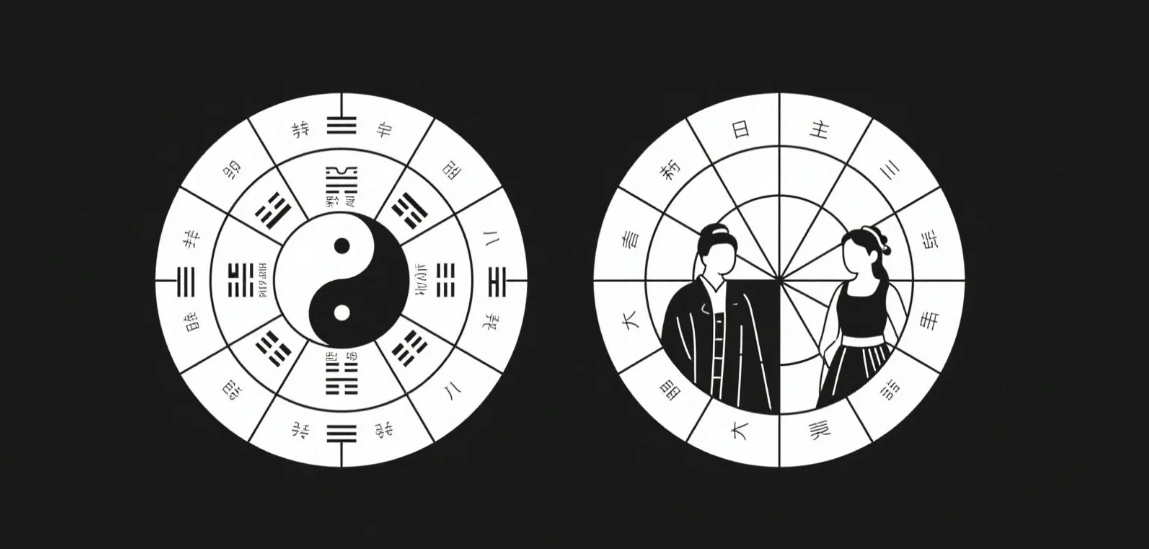
-
Five Elements Preferences and Complementarity: This section analyzes the strength and preferences of each person's Five Elements (Wood, Fire, Earth, Metal, Water) to see if they complement or conflict with each other. It includes determining each person's favorable element (Yong Shen) and whether the partner's chart supports or restricts it. If one person lacks a certain element while the other provides it, it's seen as a good complement. For example: “If the Five Elements in both charts support each other, creating a balance of Yin and Yang, the couple’s energy will be harmonious and prosperous.” Conversely, if one person’s favorable element is the other's excessive unfavorable element, conflict may arise. This part evaluates mutual elemental compatibility and interaction of favorable/unfavorable elements.
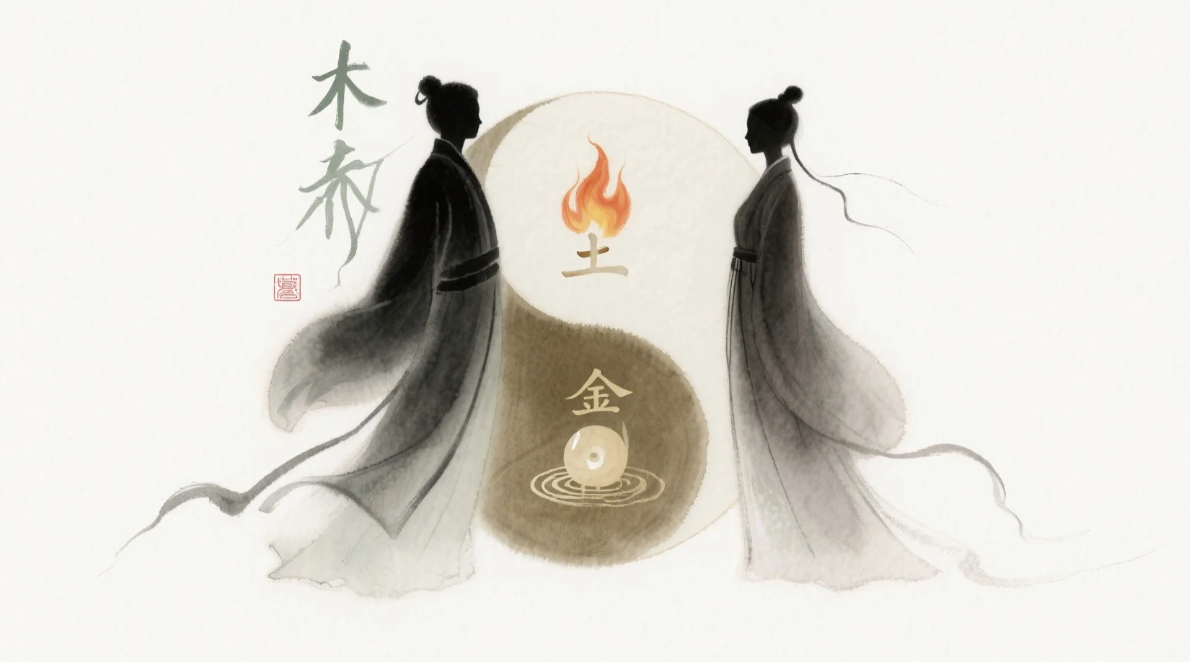
-
Day Master and Spouse Palace (Day Pillar) Matching: In Bazi, the Day Pillar is one of the most critical indicators of marriage. It consists of the Day Stem (Day Master) and Day Branch (Spouse Palace). A compatibility report focuses on whether the Day Pillars are mutually beneficial. Ideally, the Day Masters have a generating relationship (e.g., Jia Wood paired with Ji Earth—Yin and Yang in harmony) or form a heavenly stem combination that favors both charts, suggesting unity and marital harmony. It also checks for conflicts—if one Day Master is Fire and the other is Metal, this clashing relationship may lead to post-marital tension. The analysis also looks at the Day Branches: harmonious or ‘Six Combination’ matches are positive, while punishment, clash, or harm relationships—especially Six Clashes—indicate instability. If the Day Branches avoid conflict and can transform into favorable elements for both, this is a very auspicious sign of a harmonious marriage.
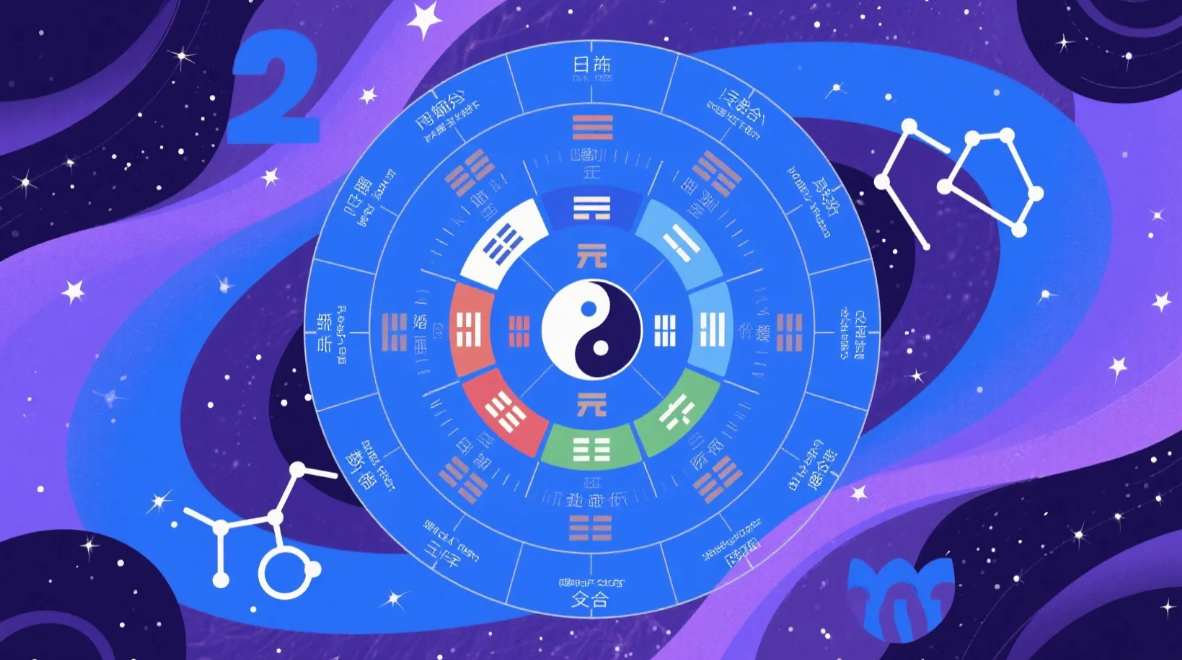
-
Year Pillar Zodiac and Na Yin: In traditional practices, the zodiac signs and the Na Yin (elemental phase) of the birth year are sometimes referenced. The report may briefly mention whether the zodiac signs are compatible or clash—for instance, Rat is compatible with Ox, Dragon, and Monkey, but clashes with Horse. However, zodiac signs are just one part of the year branch, and true compatibility must be evaluated based on all Four Pillars. Another folk method involves examining the Na Yin elements of the year stems and branches—for example, if the man's Na Yin is Fire and the woman's is Earth, Fire generating Earth is auspicious; if one Na Yin element overcomes the other, it may indicate disharmony. Nonetheless, modern Bazi practitioners emphasize that zodiac and Na Yin are only references, not decisive factors. A proper Bazi match must comprehensively consider all four pillars: year, month, day, and hour.
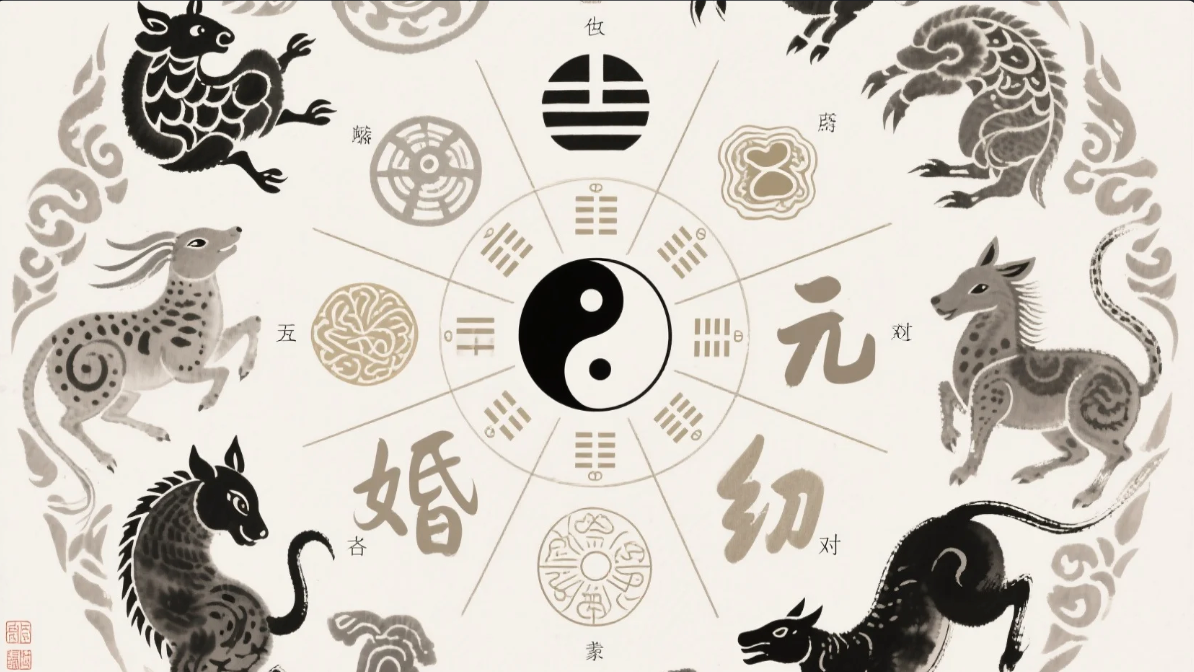
-
Special Stars and Marriage Indicators: Compatibility analysis also considers specific symbolic stars (Shen Sha) related to marriage and relationships. These include Peach Blossom stars (Xian Chi), Hong Luan/Tian Xi (romantic blessings), or inauspicious ones like Gu Chen, Gua Su, Iron Broom (Tie Sao Zhou), and Misaligned Days (Yin Cha Yang Cuo). The report checks whether one or both charts contain excessive Peach Blossom (indicating emotional entanglements or risk of infidelity) or harmful stars affecting the spouse. For example, female charts with strong stars like Red Charm (Hong Yan) or Flowery Mist (Liu Xia) may have troubled relationships, and male charts with harsh Spouse-Harming stars raise red flags in the analysis. These symbolic stars help identify potential risks in a relationship before they manifest.
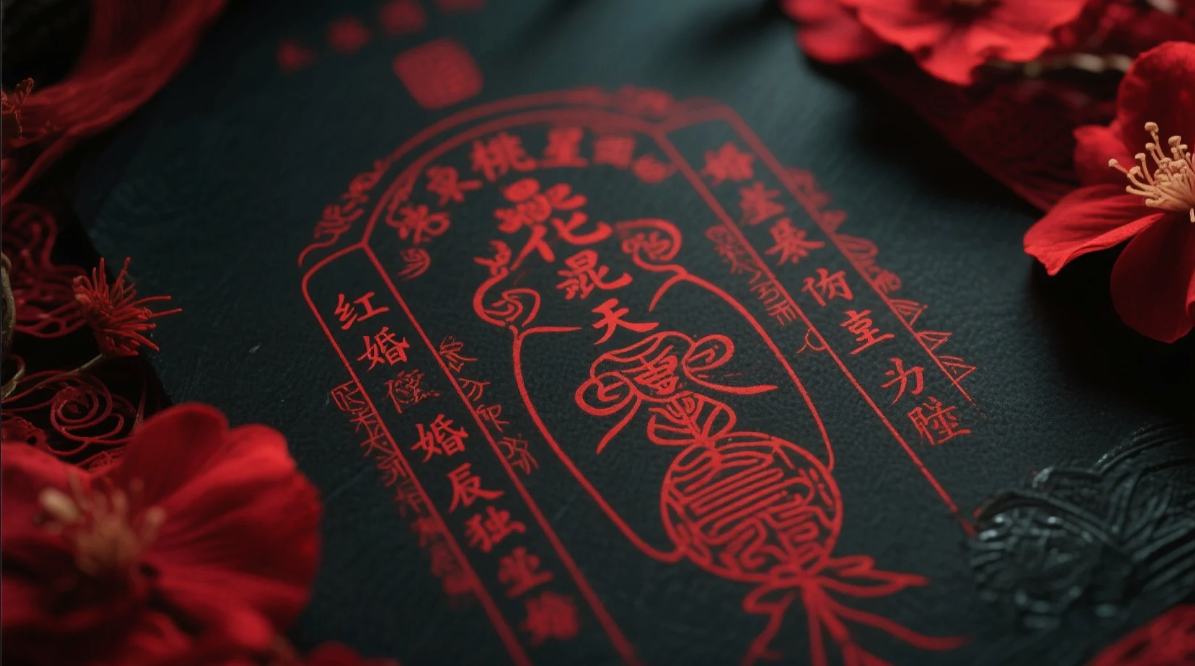
-
Six Relationships and Ten Gods Analysis: In Bazi, each element represents a type of relationship (Ten Gods), such as Wealth stars (Zheng Cai, Pian Cai) representing a wife, and Official stars (Zheng Guan, Qi Sha) representing a husband. The report analyzes the state of each person’s spouse star—whether it's visible (revealed in the stem), strong or weak, and whether it's being supported or clashed. For example, a male chart with many strong Peer stars (Bi Jie) attacking his Wealth star may indicate competition for a partner or potential marital issues. A female chart with an overly strong Hurting Officer (Shang Guan) clashing with the Official star suggests difficulties in marriage. If a male chart reveals multiple Pian Cai stars, it may imply a lack of emotional loyalty; a female chart with mixed Official and Killing stars without control may signal emotional complications. The report also checks whether combining both charts worsens existing weaknesses or breaks favorable structures, such as damaging the original formation or harming the child star, which are considered inauspicious.
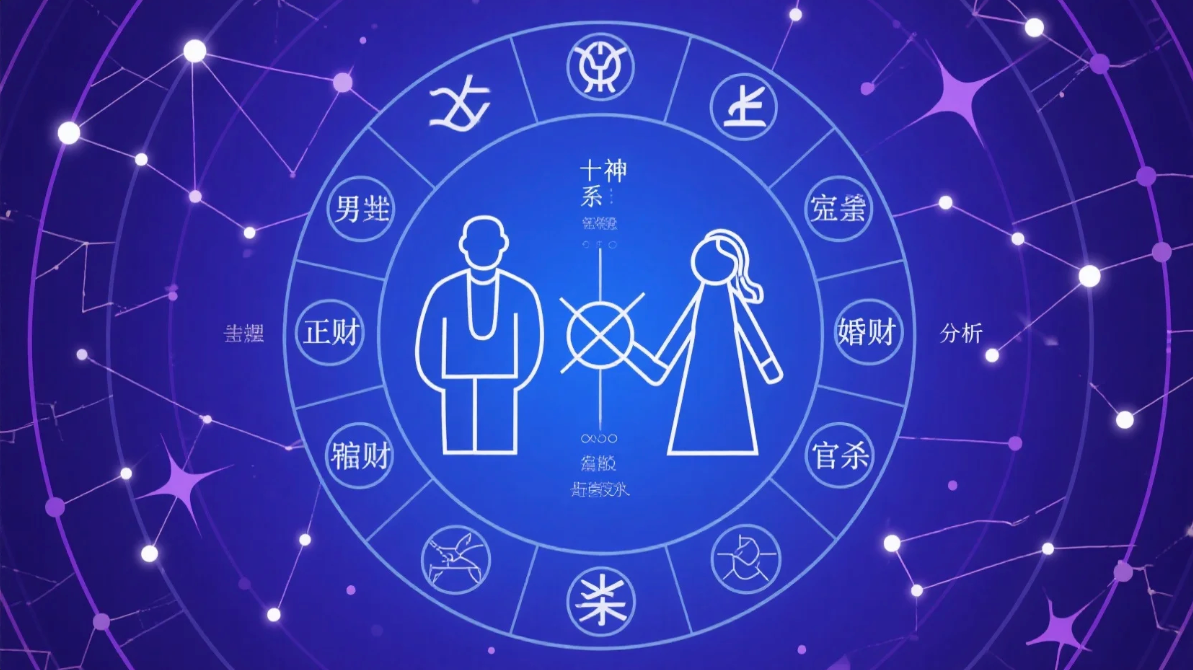
-
Clashes, Combinations, Harms, and Punishments: A comprehensive analysis of the heavenly stems and earthly branches of both charts will identify any severe clashes. In addition to the Day Pillar analysis, the report also checks for interactions in other pillars (year, month, hour). For instance, if one person's year branch is Zi (Rat) and the other's is Wu (Horse), that forms a direct clash (Zi-Wu). Or if one has Yin (Tiger) and the other Hai (Pig), that’s a harmful combination. These are seen as negative factors. On the other hand, Heavenly Stem combinations (Tian Gan He) and Earthly Branch combinations (Di Zhi San He or Liu He) are auspicious, symbolizing affinity and harmony. A particularly inauspicious situation is when there is both a Heavenly Stem clash and Earthly Branch clash—called Tian Ke Di Chong (Heavenly Clash and Earthly Clash). For example, if the man is born in Geng-Yin year and the woman in Jia-Shen year, Geng clashes Jia and Yin clashes Shen, indicating serious marital conflict. The report will list such interactions and assess their impact. More combinations than clashes is favorable; excessive clashes and punishments suggest a rocky relationship.
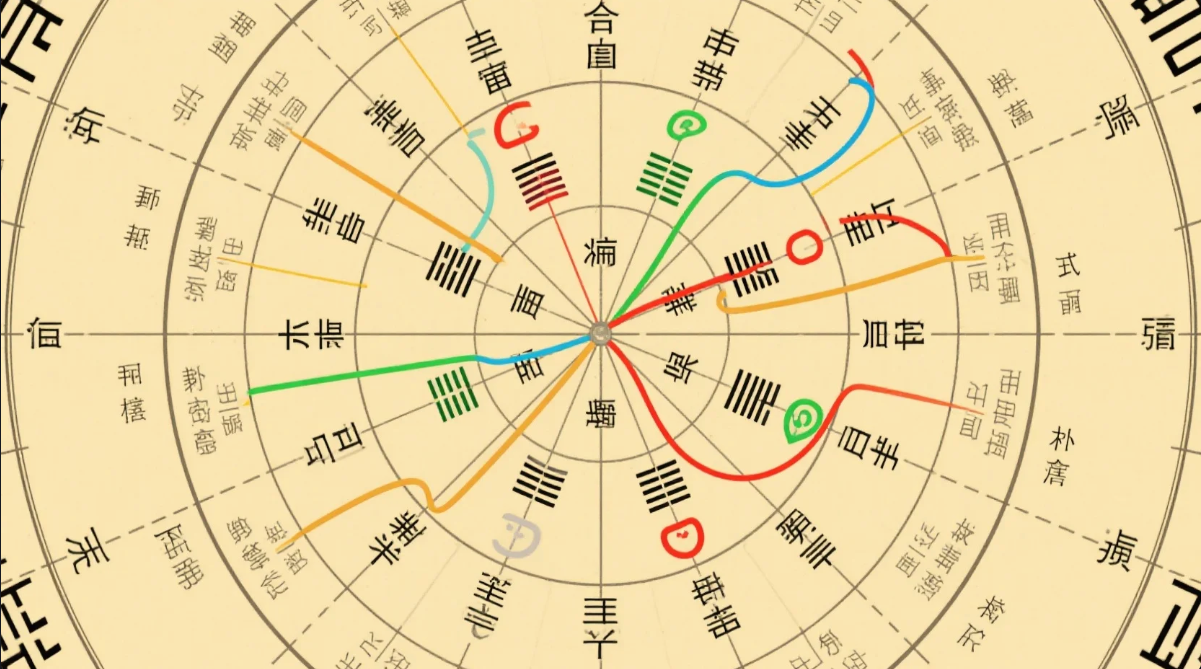
-
Luck Cycles and Annual Trends: An experienced Bazi consultant will also extend the analysis to future luck cycles (Da Yun) and annual fortunes (Liu Nian) to evaluate how the couple’s marriage might evolve. The key is to see whether both partners' luck trends are synchronized. If both enter favorable cycles at the same time (e.g., prosperous career or wealth luck), the relationship tends to be stable since their life rhythms align. In contrast, if one partner has good fortune while the other faces setbacks, this mismatch can lead to tension. A scenario where “one prospers while the other struggles” may cause imbalance and conflict in the marriage. The report examines upcoming years for resonance—whether their chosen wedding year aligns well or whether one encounters blessings while the other faces misfortune, which could trigger relationship stress.
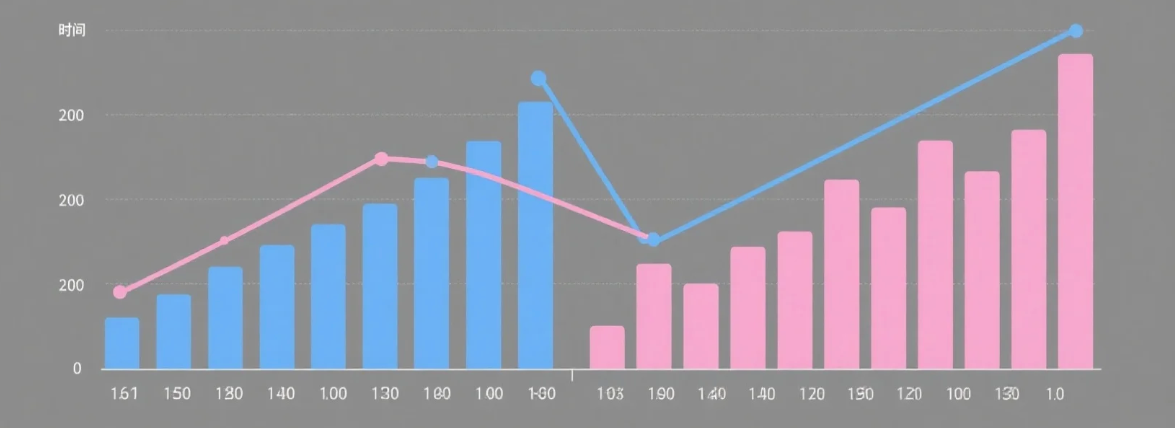
-
Children's Fortune and Family Life: Some compatibility reports also consider the child-related fortune (Zi Nv Yun) of both individuals. By analyzing each person's Bazi, one can infer aspects such as potential number of children, their health, and future achievements. If both partners have similar strength or alignment in their child stars, it implies harmony in views on parenting and family development. However, if one has weak or sparse child luck while the other shows strong child-related fortune, this mismatch may lead to differences in views on raising children or family planning—an issue that may affect long-term compatibility. In modern times, some couples choose not to have children (DINK), so contemporary consultants may consider societal changes and adjust interpretations accordingly, rather than rigidly adhering to traditional notions that children are essential to a good marriage.

All of the above aspects are typically included in a comprehensive Bazi compatibility report. In short, a proper compatibility analysis considers both each individual's internal marriage indicators (such as marriage fortune, personality traits, and spouse star status), and the interactions between both Bazi charts (such as Five Element complementarity, stem-branch combinations or clashes, etc.). Through a multi-dimensional analysis, it helps determine whether the relationship is a harmonious match or if there are potential risks that should be noted before marriage.